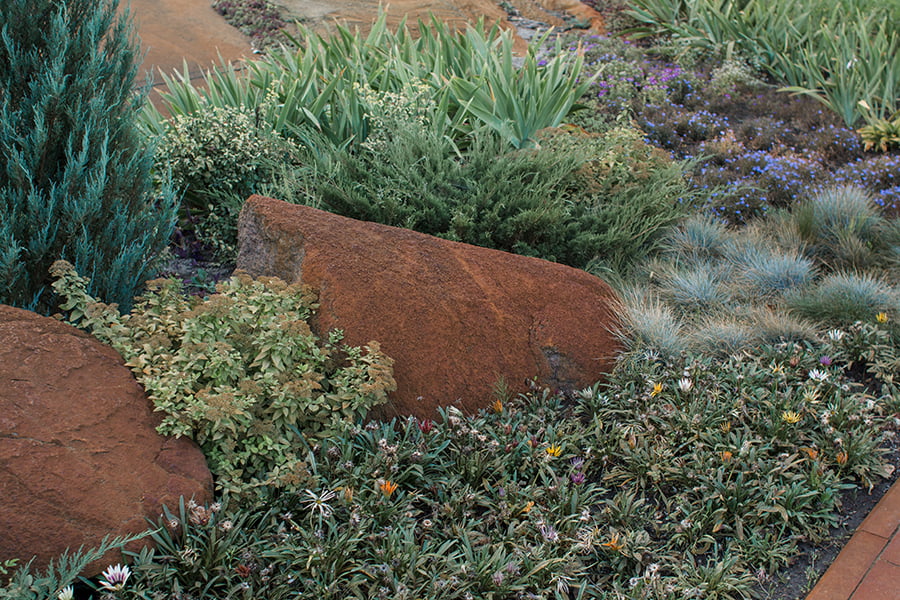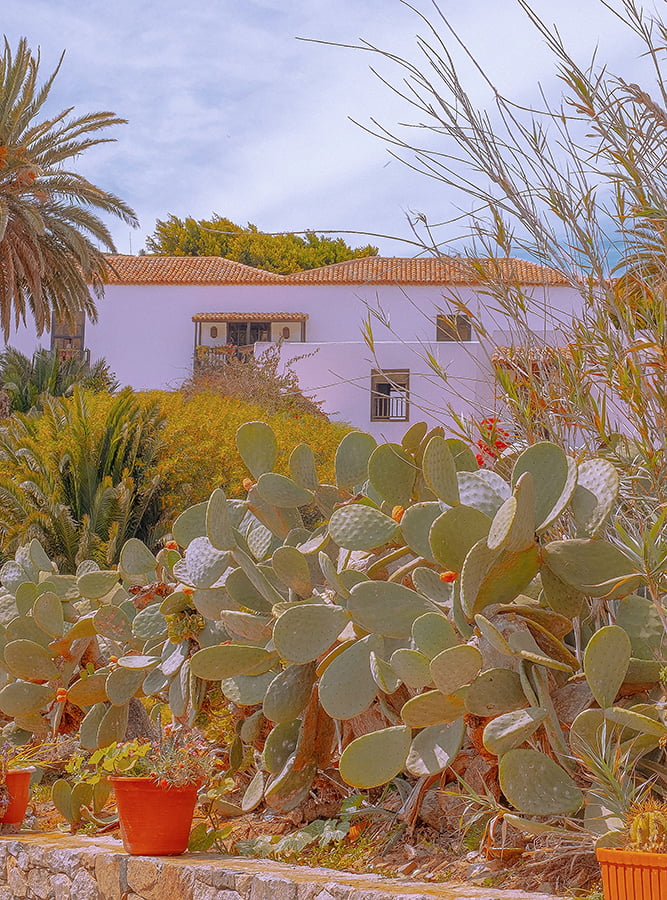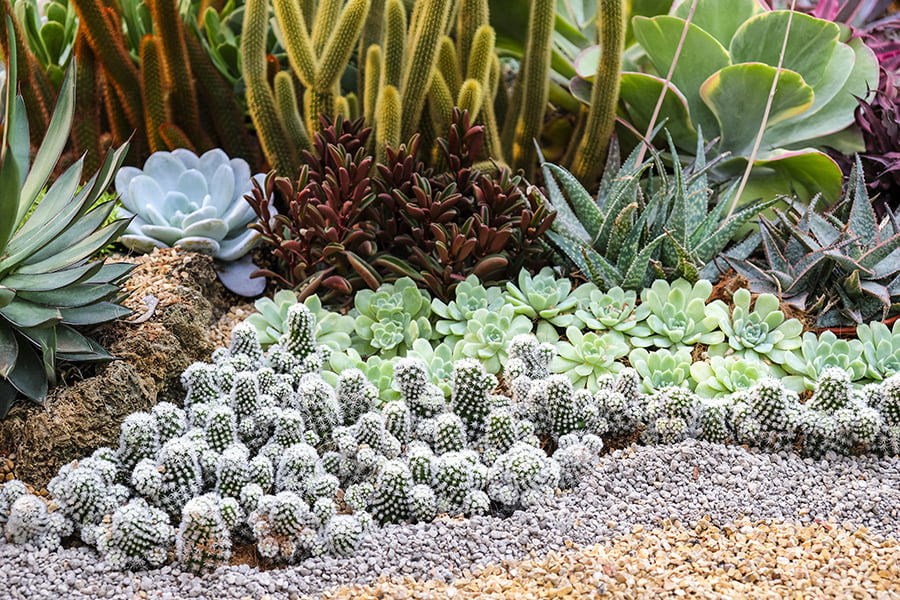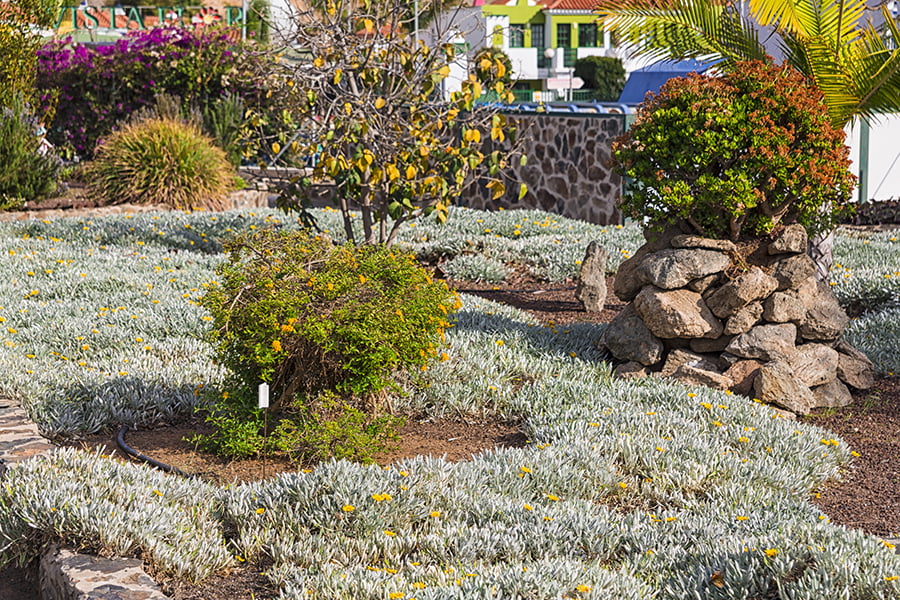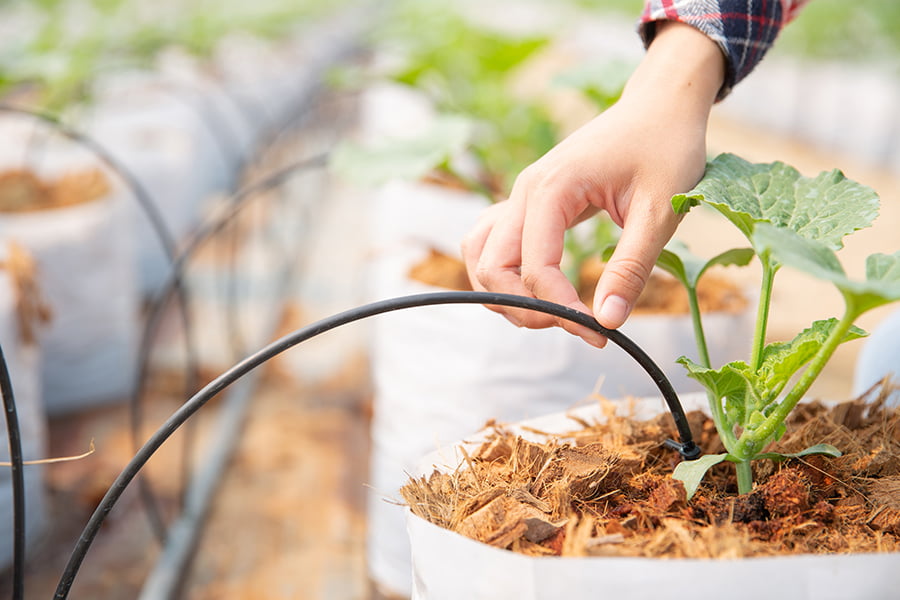Discover the essentials of xeriscape landscaping and how it can help you create a beautiful, drought-resistant garden that conserves water and requires minimal maintenance.
Key takeaways:
- Xeriscaping conserves water and requires minimal maintenance.
- Benefits include lower utility bills, increased property value, and supporting local ecosystems.
- Key practices include careful planning, soil improvement, selecting native or drought-tolerant plants, and efficient irrigation.
- Best plants for xeriscapes include succulents, lavender, and grasses like blue grama.
- Consider xeriscaping if you live in a drought-prone area or want a low-maintenance, eco-friendly garden.
Why Is Xeriscaping Important?
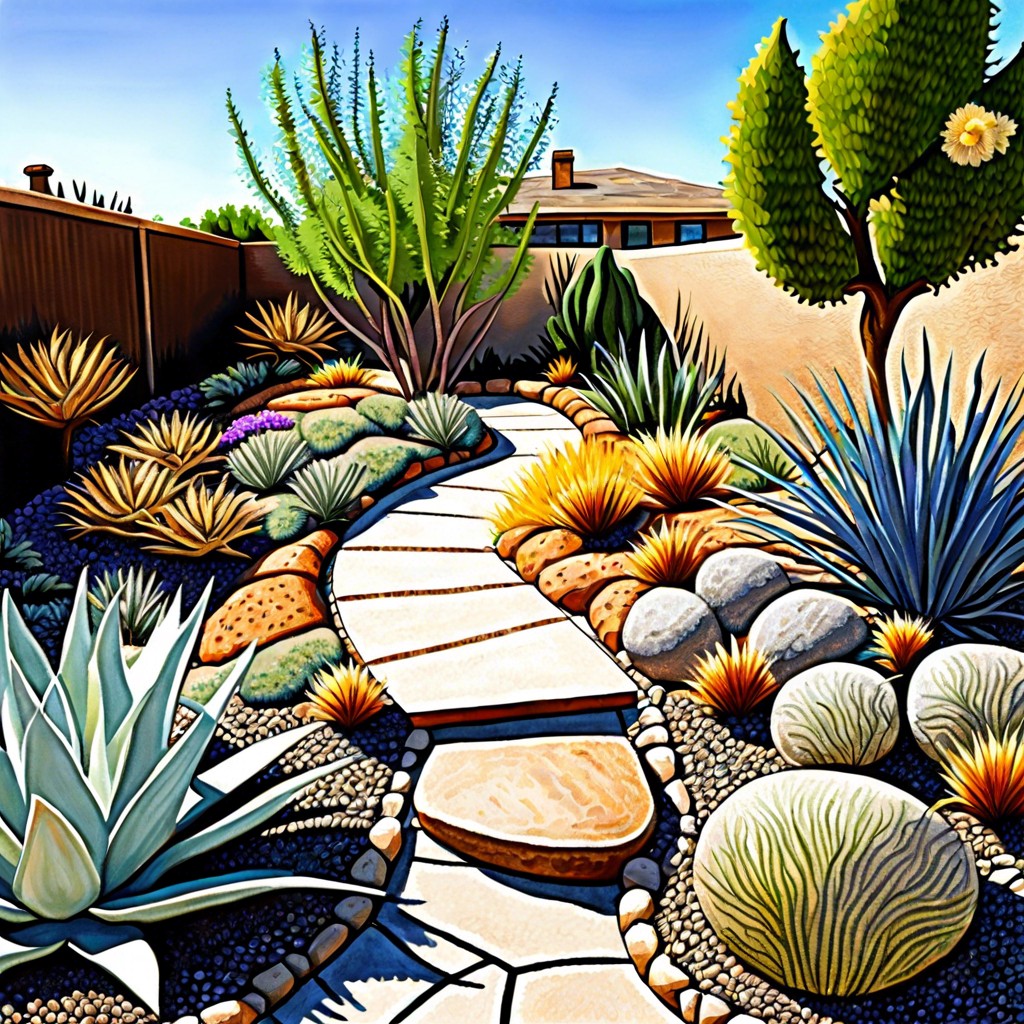
In areas where water conservation is not just beneficial but necessary due to scarcity, xeriscape landscaping emerges as an essential practice. This sustainable approach reduces the need for supplemental watering from irrigation, addressing one of the most critical environmental challenges – the conservation of water. The significance of xeriscaping also extends to the diminished reliance on chemical fertilizers and pesticides, as it encourages the use of native and adaptive plants that are more resistant to local pests and diseases.
Moreover, xeriscaping plays a pivotal role in minimizing maintenance time and costs. Traditional lawns often demand considerable upkeep, but xeriscaped gardens can flourish with minimal intervention, saving homeowners countless hours of labor and expense. These benefits become increasingly important as we seek ways to adapt our living spaces to a changing climate and attempt to lessen our ecological footprint, making xeriscape landscaping a relevant and responsible choice for the conscious gardener.
Xeriscape Benefits
Embracing xeriscaping offers a slew of advantages for both homeowners and the environment. This landscaping approach reduces water usage significantly, which is not only a win for conservation efforts but also translates to lower utility bills. Water-efficient gardens require less maintenance, saving time and effort that would otherwise be spent on lawn care.
With xeriscapes, you’re not limited to a barren or rocky garden; there’s a surprising variety of colorful and attractive plants that thrive in these conditions, enhancing curb appeal. These plants are often native to the region, fostering local ecosystems by providing habitats for wildlife such as birds and pollinators.
Moreover, xeriscaping can increase property value by offering an aesthetically pleasing and environmentally conscious landscape design. By choosing this sustainable landscaping method, you’re also helping to decrease the strain on local water supplies and reducing the environmental impact of your home.
How to Practice Xeriscape Landscaping
Adopting xeriscape landscaping involves several key practices designed to minimize water use while creating an aesthetically pleasing outdoor space. Here’s how you can get started:
Firstly, plan your landscape carefully. Assess your yard’s existing conditions, such as soil type, sunlight, and topography. Use this information to create a design that reduces water waste, for example by placing plants with similar water needs together.
Soil improvement is another crucial step. Xeriscaping often involves amending the soil with compost or other organic matter to increase its water-holding capacity. This helps plants to flourish with less water.
Selecting the right plants is essential in xeriscaping. Choose native or drought-tolerant plants that are well-suited to your region’s climate. These plants typically require less water and maintenance once they are established.
Effective irrigation is a cornerstone of xeriscape gardening. Drip irrigation systems or soaker hoses are ideal as they deliver water directly to the plant roots, reducing waste. Also, consider rainwater harvesting to make the most of available resources.
Mulching is also critical. Covering soil with mulch helps retain moisture, suppresses weeds, and adds to soil health. Organic mulches like bark or straw are often recommended.
Lastly, regular maintenance ensures your xeriscape garden remains sustainable. This includes pruning, weeding, and monitoring irrigation systems to avoid overwatering.
By integrating these practices, you can create an outdoor space that not only conserves water and supports local ecosystems but also offers year-round beauty.
Best Plants for Xeriscapes
Selecting the right plants is crucial for a successful xeriscape. Native species that are adapted to your region’s climate and soil conditions will thrive with minimal watering. Succulents like sedums and agaves, with their water-storing capabilities, are excellent choices for arid regions.
Perennials such as lavender and Russian sage not only add a splash of color but are also drought-resistant. Grasses like blue grama or buffalo grass can provide ground cover without the need for constant irrigation.
For larger areas, consider shrubs like creosote bush or mountain laurel that can create lush landscapes while being low-maintenance. Be sure to group plants with similar water needs together to maximize efficiency and always mulch to retain soil moisture and reduce weed growth.
With the right selection, your xeriscape garden will not only conserve water but will also provide a habitat for local wildlife, creating a sustainable and vibrant ecosystem right in your backyard.
Is Xeriscaping Right for My Space?
Considering xeriscaping for your outdoor space comes down to reflecting on your local climate, water availability, maintenance preferences, and environmental goals.
If you reside in an area prone to drought or where water conservation is a priority, xeriscaping could be an ideal solution for your landscaping needs. This approach is designed to require minimal irrigation, relying on plants that are native or adapted to your region’s climate, which also tend to be more resistant to local pests and diseases.
For those looking to reduce lawn maintenance, xeriscaping offers a low-maintenance alternative. Rather than spending weekends mowing and fertilizing grass, you’ll have more time to enjoy your outdoor space. It’s important to note that “low-maintenance” doesn’t mean “no maintenance,” but the tasks are typically less frequent and less labor-intensive.
Xeriscaping is also an excellent choice for environmentally conscious homeowners. By reducing the need for irrigation, fertilizers, and pesticides, you’re not only saving water but also minimizing your garden’s environmental footprint.
However, if you enjoy a more traditional garden with lush, water-loving plants, or if you live in a region where water restrictions aren’t an issue and rainfall is plentiful, xeriscaping might not align with your preferences. This landscaping method is flexible and customizable, but it does lean towards a more natural, wild aesthetic rather than a manicured or tropical look.
Ultimately, the decision to xeriscape should be based on a combination of personal preference, environmental factors, and a willingness to embrace a gardening style that celebrates the beauty of resilience and sustainability.
